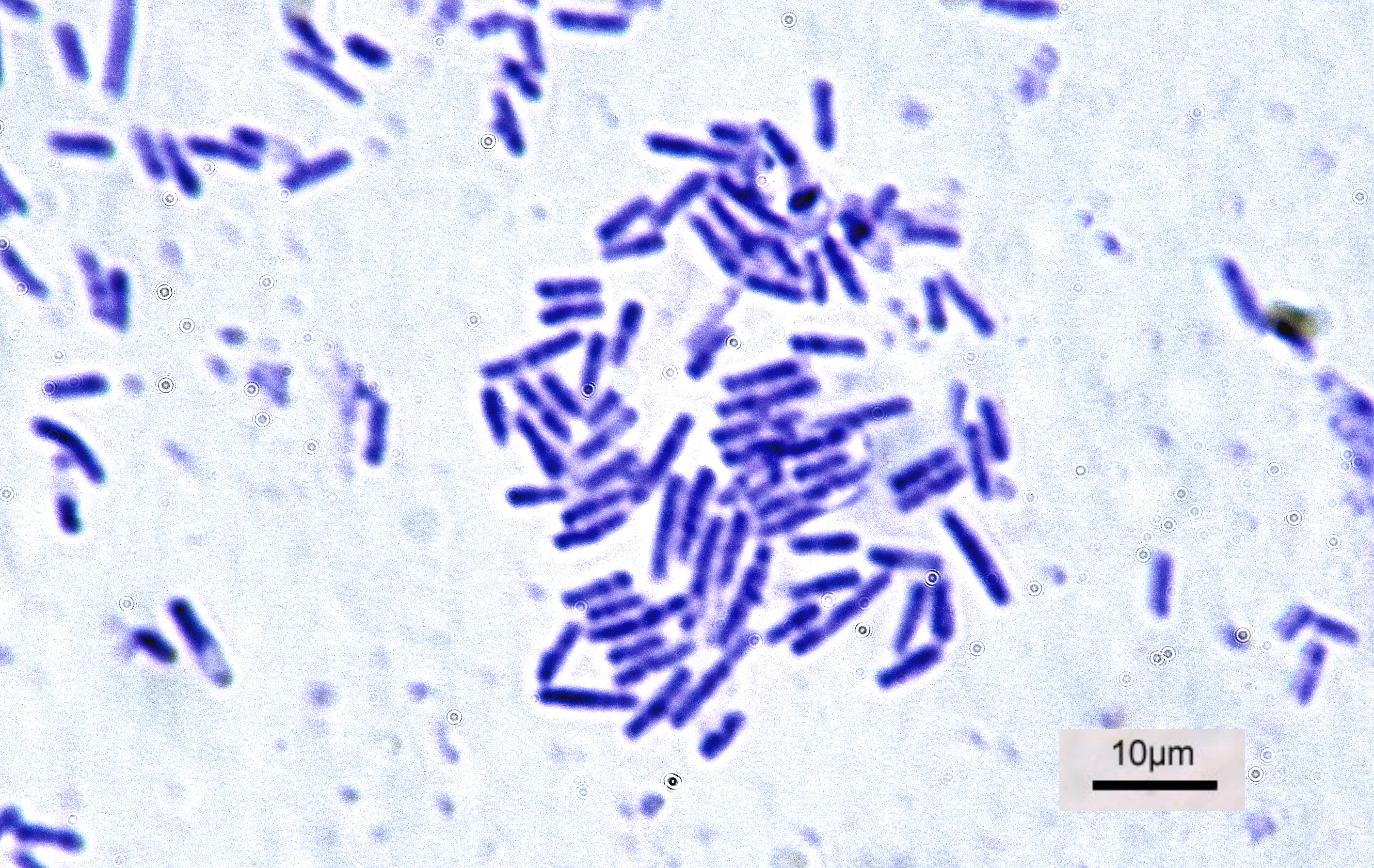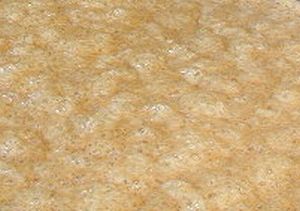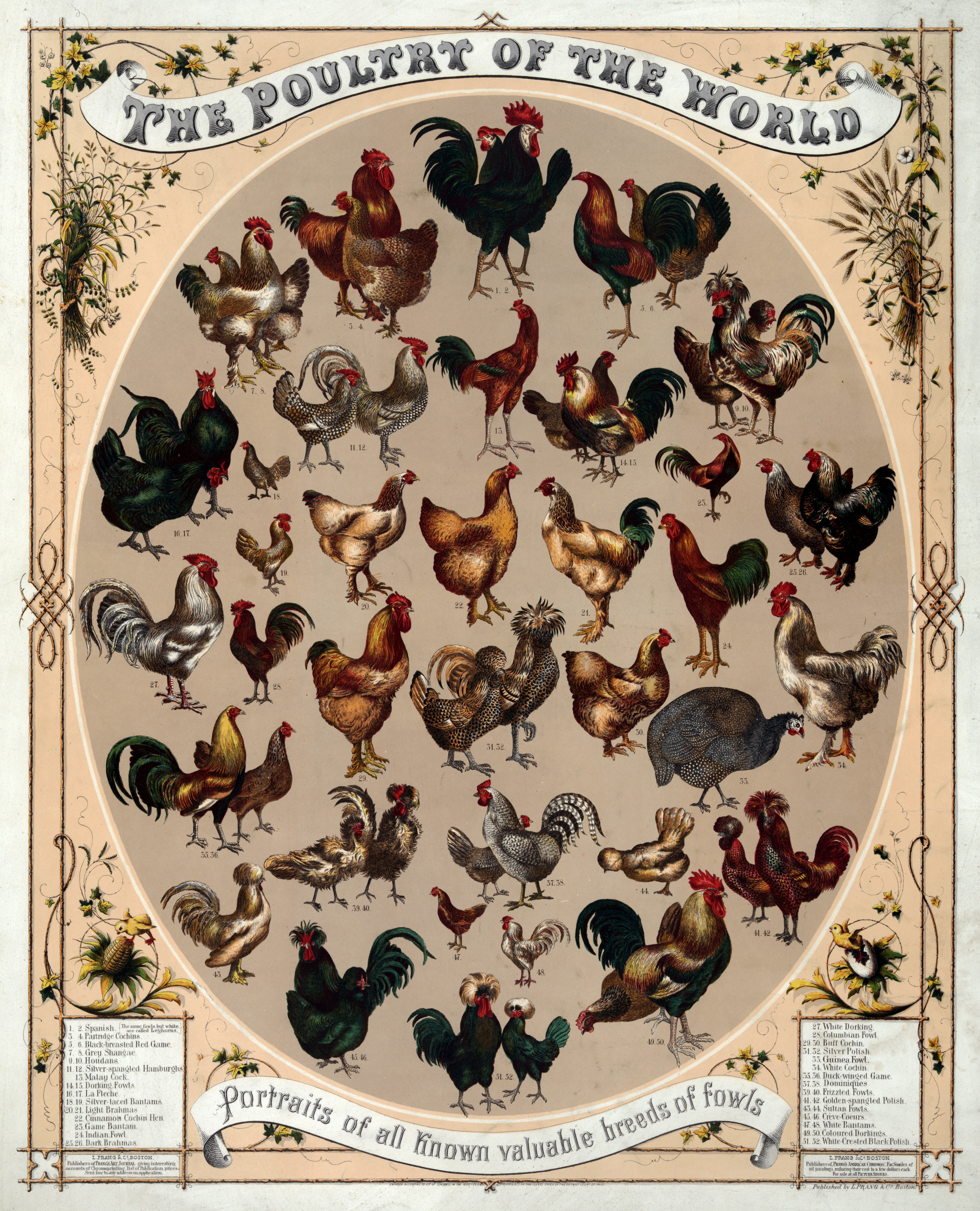|
Raffinose
Raffinose is a trisaccharide composed of galactose, glucose, and fructose. It can be found in beans, cabbage, brussels sprouts, broccoli, asparagus, other vegetables, and whole grains. Raffinose can be hydrolyzed to D-galactose and sucrose by the enzyme α-galactosidase (α-GAL), an enzyme which in the lumen of the human digestive tract is only produced by bacteria in the large intestine. α-GAL also hydrolyzes other α-galactosides such as stachyose, verbascose, and galactinol, if present. The enzyme does not cleave β-linked galactose, as in lactose. Chemical properties The raffinose family of oligosaccharides (RFOs) are alpha-galactosyl derivatives of sucrose, and the most common are the trisaccharide raffinose, the tetrasaccharide stachyose, and the pentasaccharide verbascose. RFOs are almost ubiquitous in the plant kingdom, being found in a large variety of seeds from many different families, and they rank second only to sucrose in abundance as soluble carbohyd ... [...More Info...] [...Related Items...] OR: [Wikipedia] [Google] [Baidu] |
Trisaccharide
''Trisaccharides'' are oligosaccharides composed of three monosaccharides with two glycosidic bonds connecting them. Similar to the disaccharides, each glycosidic bond can be formed between any hydroxyl group on the component monosaccharides. Even if all three component sugars are the same (e.g., glucose Glucose is a simple sugar with the molecular formula . Glucose is overall the most abundant monosaccharide, a subcategory of carbohydrates. Glucose is mainly made by plants and most algae during photosynthesis from water and carbon dioxide, usi ...), different bond combinations (regiochemistry) and stereochemistry (alpha- or beta-) result in trisaccharides that are diastereoisomers with different chemical and physical properties. Examples References 1) Lehninger Principles of Biochemistry by Albert L. Lehninger, David L. Nelson, and Michael M. Cox. 2) Biochemistry by Lubert Stryer. External links * {{organic-compound-stub ... [...More Info...] [...Related Items...] OR: [Wikipedia] [Google] [Baidu] |
Beano (dietary Supplement)
Beano is an enzyme-based dietary supplement that is used to reduce gas in the digestive tract, thereby improving digestion and reducing bloating, discomfort, and flatulence caused by gas. It contains the enzyme alpha-galactosidase (α-GAL). It was introduced as a liquid, but that has been discontinued and it is now available only as tablets and strawberry-flavored "Meltaways". Beano is marketed and distributed by Prestige Brands Holdings, Inc. Mechanism of action Beano contains the enzyme α-GAL, which is derived from the fungus ''Aspergillus niger''. The enzyme works in the digestive tract to break down the complex or branching sugars (polysaccharides and oligosaccharides) in foods such as legumes (beans and peanuts) and cruciferous vegetables (cauliflower, broccoli, cabbage, and brussels sprouts, among others). The enzyme breaks those complex sugars into simple sugars, making these foods somewhat more digestible, and reducing intestinal gas. The polysaccharides and oligos ... [...More Info...] [...Related Items...] OR: [Wikipedia] [Google] [Baidu] |
Flatulence
Flatulence, in humans, is the expulsion of gas from the intestines via the anus, commonly referred to as farting. "Flatus" is the medical word for gas generated in the stomach or bowels. A proportion of intestinal gas may be swallowed environmental air, and hence flatus is not entirely generated in the stomach or bowels. The scientific study of this area of medicine is termed flatology. Flatus is brought to the rectum and pressurized by muscles in the intestines. It is normal to pass flatus ("to fart"), though volume and frequency vary greatly among individuals. It is also normal for intestinal gas to have a feculent or unpleasant odor, which may be intense. The noise commonly associated with flatulence (" blowing a raspberry") is produced by the anus and buttocks, which act together in a manner similar to that of an embouchure. Both the sound and odor are sources of embarrassment, annoyance or amusement ( flatulence humor). There are several general symptoms related ... [...More Info...] [...Related Items...] OR: [Wikipedia] [Google] [Baidu] |
Bacteria
Bacteria (; singular: bacterium) are ubiquitous, mostly free-living organisms often consisting of one biological cell. They constitute a large domain of prokaryotic microorganisms. Typically a few micrometres in length, bacteria were among the first life forms to appear on Earth, and are present in most of its habitats. Bacteria inhabit soil, water, acidic hot springs, radioactive waste, and the deep biosphere of Earth's crust. Bacteria are vital in many stages of the nutrient cycle by recycling nutrients such as the fixation of nitrogen from the atmosphere. The nutrient cycle includes the decomposition of dead bodies; bacteria are responsible for the putrefaction stage in this process. In the biological communities surrounding hydrothermal vents and cold seeps, extremophile bacteria provide the nutrients needed to sustain life by converting dissolved compounds, such as hydrogen sulphide and methane, to energy. Bacteria also live in symbiotic and parasitic re ... [...More Info...] [...Related Items...] OR: [Wikipedia] [Google] [Baidu] |
Fermentation (biochemistry)
Fermentation is a metabolic process that produces chemical changes in organic substrates through the action of enzymes. In biochemistry, it is narrowly defined as the extraction of energy from carbohydrates in the absence of oxygen. In food production, it may more broadly refer to any process in which the activity of microorganisms brings about a desirable change to a foodstuff or beverage. The science of fermentation is known as zymology. In microorganisms, fermentation is the primary means of producing adenosine triphosphate (ATP) by the degradation of organic nutrients anaerobically. Humans have used fermentation to produce foodstuffs and beverages since the Neolithic age. For example, fermentation is used for preservation in a process that produces lactic acid found in such sour foods as pickled cucumbers, kombucha, kimchi, and yogurt, as well as for producing alcoholic beverages such as wine and beer. Fermentation also occurs within the gastrointestinal tracts o ... [...More Info...] [...Related Items...] OR: [Wikipedia] [Google] [Baidu] |
Alpha-galactosidase
α-Galactosidase ( EC 3.2.1.22, α-GAL, α-GAL A; systematic name α-D-galactoside galactohydrolase) is a glycoside hydrolase enzyme that catalyses the following reaction: : Hydrolysis of terminal, non-reducing α-D-galactose residues in α-D-galactosides, including galactose oligosaccharides, galactomannans and galactolipids It catalyzes many catabolic processes, including cleavage of glycoproteins, glycolipids, and polysaccharides. The enzyme is encoded by the ''GLA'' gene. Two recombinant forms of human α-galactosidase are called agalsidase α (INN) and agalsidase β (INN). A mold-derived form is the primary ingredient in gas relief supplements. Function This enzyme is a homodimeric glycoprotein that hydrolyses the terminal α-galactosyl moieties from glycolipids and glycoproteins. It predominantly hydrolyzes ceramide trihexoside, and it can catalyze the hydrolysis of melibiose into galactose and glucose. Reaction mechanism Disease relevance Fabry disease ... [...More Info...] [...Related Items...] OR: [Wikipedia] [Google] [Baidu] |
Poultry
Poultry () are domesticated birds kept by humans for their eggs, their meat or their feathers. These birds are most typically members of the superorder Galloanserae (fowl), especially the order Galliformes (which includes chickens, quails, and turkeys). The term also includes birds that are killed for their meat, such as the young of pigeons (known as squabs) but does not include similar wild birds hunted for sport or food and known as game. The word "poultry" comes from the French/Norman word ''poule'', itself derived from the Latin word ''pullus'', which means "small animal". Recent genomic study involving the four extant Junglefowl species reveals that the domestication of chicken, the most populous poultry species, occurred around 8,000 years ago in Southeast Asia - although this was previously believed to have occurred later - around 5,400 years ago - in Southeast Asia. The process may have originally occurred as a result of people hatching and rearing young bird ... [...More Info...] [...Related Items...] OR: [Wikipedia] [Google] [Baidu] |
Monogastric
A monogastric organism has a simple single-chambered stomach (one stomach). Examples of monogastric herbivores are horses and rabbits. Examples of monogastric omnivores include humans, pigs, hamsters and rats. Furthermore, there are monogastric carnivores such as cats. A monogastric organism is comparable to ruminant organisms (which has a four-chambered complex stomach), such as cattle, goats, or sheep. Herbivores with monogastric digestion can digest cellulose in their diets by way of symbiotic gut bacteria. However, their ability to extract energy from cellulose digestion is less efficient than in ruminants. Herbivores digest cellulose by microbial fermentation. Monogastric herbivores which can digest cellulose nearly as well as ruminants are called hindgut fermenters, while ruminants are called foregut fermenters. These are subdivided into two groups based on the relative size of various digestive organs in relationship to the rest of the system: colonic fermenters ten ... [...More Info...] [...Related Items...] OR: [Wikipedia] [Google] [Baidu] |
Soluble Carbohydrates
In chemistry, solubility is the ability of a substance, the solute, to form a solution with another substance, the solvent. Insolubility is the opposite property, the inability of the solute to form such a solution. The extent of the solubility of a substance in a specific solvent is generally measured as the concentration of the solute in a saturated solution, one in which no more solute can be dissolved. At this point, the two substances are said to be at the solubility equilibrium. For some solutes and solvents, there may be no such limit, in which case the two substances are said to be "miscible in all proportions" (or just "miscible"). The solute can be a solid, a liquid, or a gas, while the solvent is usually solid or liquid. Both may be pure substances, or may themselves be solutions. Gases are always miscible in all proportions, except in very extreme situations,J. de Swaan Arons and G. A. M. Diepen (1966): "Gas—Gas Equilibria". ''Journal of Chemical Physics'', ... [...More Info...] [...Related Items...] OR: [Wikipedia] [Google] [Baidu] |
Plant
Plants are predominantly Photosynthesis, photosynthetic eukaryotes of the Kingdom (biology), kingdom Plantae. Historically, the plant kingdom encompassed all living things that were not animals, and included algae and fungi; however, all current definitions of Plantae exclude the fungi and some algae, as well as the prokaryotes (the archaea and bacteria). By one definition, plants form the clade Viridiplantae (Latin name for "green plants") which is sister of the Glaucophyte, Glaucophyta, and consists of the green algae and Embryophyte, Embryophyta (land plants). The latter includes the flowering plants, conifers and other gymnosperms, ferns and Fern ally, their allies, hornworts, liverworts, and mosses. Most plants are multicellular organisms. Green plants obtain most of their energy from sunlight via photosynthesis by primary chloroplasts that are derived from endosymbiosis with cyanobacteria. Their chloroplasts contain chlorophylls a and b, which gives them their green colo ... [...More Info...] [...Related Items...] OR: [Wikipedia] [Google] [Baidu] |
Tetrasaccharide
A tetrasaccharide is a carbohydrate which gives upon hydrolysis four molecules of the same or different monosaccharides. For example, stachyose upon hydrolysis gives one molecule each of glucose and fructose and two molecules of galactose Galactose (, '' galacto-'' + '' -ose'', "milk sugar"), sometimes abbreviated Gal, is a monosaccharide sugar that is about as sweet as glucose, and about 65% as sweet as sucrose. It is an aldohexose and a C-4 epimer of glucose. A galactose molec .... The general formula of a tetrasaccharide is typically C24H42O21. References {{organic-chem-stub ... [...More Info...] [...Related Items...] OR: [Wikipedia] [Google] [Baidu] |






